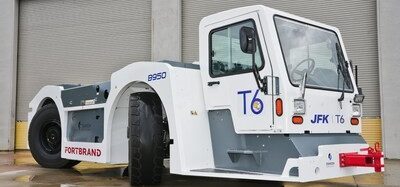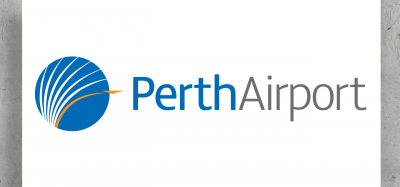Major step towards unifying Australia’s civil and military air traffic systems
Posted: 28 February 2018 | International Airport Review | No comments yet
The CEO of Australia’s Government-owned air navigation service provider, Airservices Australia, has hailed a contract which will blend civil and military air traffic control systems as “probably the biggest development in the safe management of Australia’s skies since aviation began” in Australia.


IMPORTANT MOMENT: Airservices Australia CEO Jason Harfield after the OneSKY signing Photograph: Copyright Airservices Australia 2018
Airservices Australia and the Department of Defence have signed contracts signifying a major milestone in unifying the nation’s civil and military air traffic management systems.
The AUS $1.2 billion OneSKY contract was signed with Thales Australia, a defence contractor, and will bring in a system known as CMATS – the Civil Military Air Traffic Control System.
Developed in partnership by Airservices and Defence with Thales Australia, the new system will see air traffic controllers use advanced technology and real-time traffic prediction tools.
Join us live: Shaping the Next Generation of Hold Baggage and Air Cargo Screening
Join us live for an insightful webinar on 11th December at 14:00 GMT, in collaboration with Smiths Detection, as we explore the strategic balance of operational efficiency, regulatory compliance, and sustainability in high-volume security environments.
This session offers a focused look into future-proofing your security strategy.
Key learning points
- Cost Reduction: Strategies to minimize bag travel time while simultaneously reducing operational costs.
- Regulatory Roadmap: Insights into the next wave of regulatory changes and their impact on future investment decisions.
- Sustainable Systems: Practical approaches to building sustainability into security systems and lowering the total cost of ownership (TCO).
- Scalable Solutions: Real-world examples of scalable systems supporting current airport growth and preparing for tomorrow.
Register now for expert insights, case studies, and actionable strategies on operational efficiency!
Marking the milestone, Airservices Australia CEO Jason Harfield said OneSKY would provide the nation’s growing aviation sector with a future-proof system.
“OneSKY is game-changing. It is transformative, not only for air traffic management in Australia, but world-wide there is nothing like it.
“This state-of-the-art system means for the first time, civil and military air traffic controllers will share the same integrated air traffic management system, using the same information to jointly manage 11 per cent of the world’s airspace for which Australia is responsible.
“Although executing the final contracts is a significant milestone, it’s not the beginning. We’ve been focused on implementation for a while.”
Progress towards the delivery of CMATS, under advanced work orders, has been made with a view to delivering the enhanced safety and economic benefits to the aviation industry as soon as possible.
“In 2017, we commenced installation of the first phase of the new Voice Communication System, which will be commissioned later this year,” Mr Harfield said.
“We have also completed the system requirements review in January, which means Airservices, Defence and Thales have a common agreed understanding of the system’s requirements.
“This has significantly reduced risks in the project prior to finalising the commercial and contractual arrangements.
“Reducing uncertainty in system requirements prior to finalising the contracts, was a critical risk reduction strategy developed to address the challenges that other major overseas air traffic control providers experienced with their own system replacements.
“In reaching this milestone, our priority has and will always be, the continued safety, security and efficiency of Australia’s airspace.”
Join our free webinar: Revolutionising India’s travel experience through the Digi Yatra biometric programme.
Air travel is booming, and airports worldwide need to move passengers faster and more efficiently. Join the Digi Yatra Foundation and IDEMIA to discover how this groundbreaking initiative has already enabled over 60 million seamless domestic journeys using biometric identity management.
Date: 16 Dec | Time: 09:00 GMT
rEGISTER NOW TO SECURE YOUR SPOT
Can’t attend live? No worries – register to receive the recording post-event.
Related topics
Air traffic control/management (ATC/ATM), Airport development, In-flight activity, Information technology (IT)

















